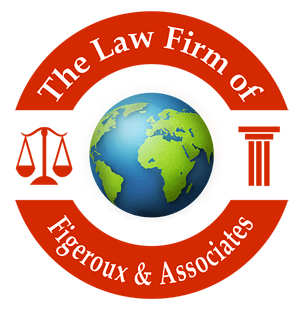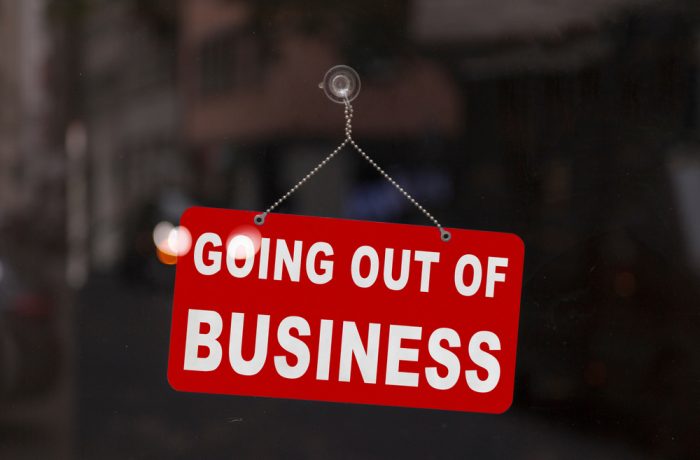By Alix Langone, CNET
Amid the economic turbulence of the pandemic, the US government pushed pause on student debt repayment for more than 40 million Americans in March 2020. For most people, that temporary relief is scheduled to end on Jan. 31, 2022. But the US Department of Education is making changes to its Public Service Loan Forgiveness Program that will bring expanded relief to borrowers who are government employees — including teachers, nurses and firefighters.
The major updates that have been announced will impact an estimated 550,000 borrowers, with 22,000 eligible for immediate debt cancellation of a collective $1.7 billion in loans, according to a statement from the agency. Although the program was launched in 2007 with a goal of helping public servants pay off their loans faster, almost 99% of borrowers who have applied since 2008 have been denied. Until now, just over “16,000 borrowers have ever received forgiveness under PSLF prior to this action,” the department said.
Here’s everything you need to know about the PSLF — including who is eligible, how to apply and what benefits are being offered.
What changes are being made to the Public Service Loan Forgiveness Program?
In a nutshell, the Department of Education is making it easier for borrowers to enroll and receive program benefits. This includes making it simpler to identify and address potential errors made by their loan servicers — and expanding the types of loans that will now be eligible for forgiveness. Another focus will be on enhancing benefits for those in the military, including converting time spent on active duty into a loan repayment, the department said.
Another key change is the introduction of a limited waiver — a brand new tool that gives borrowers a full year to apply for the PSLF program under its new terms and greatly expands eligibility. Prior to last week’s announcement, there were limited options to appeal a PSLF application being denied, and only 5% of people who applied for the PSLF program ever received debt forgiveness.
The waiver also allows borrowers to consolidate loans that were not previously eligible for the program. For example, some borrowers who took out Federal Family Education Loans were previously told they would be ineligible for the PSLF; they can now apply for forgiveness using the limited waiver. That means borrowers can now receive credit for payments and periods of employment — such as active military duty — that they wouldn’t have been able to before.
Who qualifies for PSLF?
To qualify for PSLF you must be employed full-time by a US federal, state, local or tribal government agency — this includes the military — or a non-profit organization. You must have direct loans or other types of loans that have already been consolidated into direct loans, and you must make 120 qualifying payments (10 years worth of payments). Examples of borrowers who qualify for PSLF are workers like teachers, nurses and firefighters who serve their local communities.
Who qualifies for additional debt forgiveness under the new PSLF terms?
The PSLF expanded eligibility for borrowers in the sense that more types of loans and payment plans qualify for forgiveness than ever before, but the borrowers who can apply are still limited to public sector workers. So more than 550,000 borrowers who already qualify for PSLF may now qualify for additional forgiveness. There are a few specific ways to meet the requirements and check if you’re eligible.
The easiest way to figure out if you qualify is to apply for the limited waiver. Filling out the waiver will help you do things like consolidate different types of loans or certify previous periods of employment for credit.
Don’t worry, even if you suspended your monthly student loan payments during the pandemic, you still qualify for additional PSLF relief.
How can I apply for PSLF forgiveness?
The Department of Education has a dedicated tool to help guide your application for the limited waiver. The deadline to apply for the waiver is Oct. 31, 2022, but the sooner you apply, the better. Some borrowers may not have to take any action to have their loans cancelled — but it’s a good idea to proactively confirm your specific details.
What if I made payments but didn’t receive credit for them?
Previously, if you had been making payments but your loan servicer had incomplete or inaccurate records, you had almost no recourse to counter their claims. Now, with the limited waiver, you can apply for forgiveness — and have your payments counted toward your debt and forgiveness.
What if I took out loans that don’t qualify for PSLF?
If you took out private loans or any kind of loans that didn’t qualify before, the PSLF limited waiver offers borrowers the option to consolidate their loans into the Direct Loan Program, making them eligible for forgiveness. So no matter what type of loans you have, from now until Oct. 31, 2022 you have the option to use the waiver to bundle them together and enroll in the Direct Loan Program.
What other policy changes should I know about?
The Department of Education said in its statement that it will continue to roll out and update its policies in the coming months as it attempts to get the PSLF program back on track.





